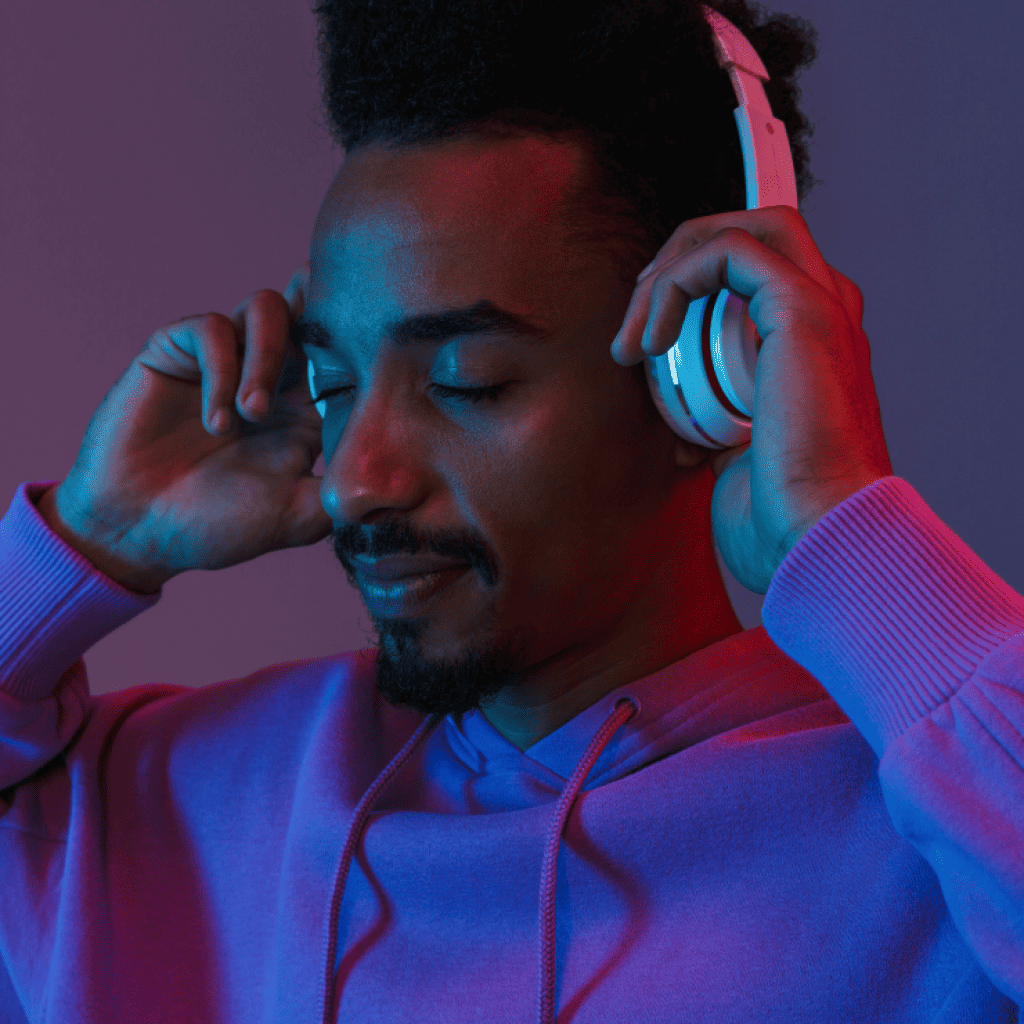| By Susanna Coss Reviewed by Unyte Clinical Team |
Looking to elevate your therapeutic approach by integrating a physiological measure of nervous system regulation? Heart rate variability (HRV) might be the answer. Here’s why you may want to consider measuring HRV pre- and post-treatment.
What is heart rate variability (HRV)?
Heart rate variability (HRV) is the change in time between consecutive heartbeats. It is one way to measure autonomic regulation, with higher scores indicating improvement in vagal tone and coinciding with improvements in cognitive, behavioral, emotional and physical functions.
Using a physiological measure of state regulation can be supportive in helping you and your client measure and track changes taking place in their body as a result of the work you are doing together.
For example, provider Michael Krause measured the HRV of his client before and after each hour of the Safe and Sound Protocol (SSP). Over the course of the five hours of SSP music, increases in his client’s average HRV demonstrated quantitative improvements that helped support reported changes in social anxiety and emotional regulation.

Discover the Safe and Sound Protocol
Created by Dr. Stephen Porges, the Safe and Sound Protocol (SSP) is a powerful listening therapy based on the science of Polyvagal Theory.
Tools to Track HRV
Many practitioners in health and fitness have adopted HRV as a biometric to help optimize training and overall health. Here’s a list of the best fitness trackers to integrate into your practice to better understand your clients’ nervous systems.
1. Polar H10 Heart Rate Sensor
Benefits
- Renowned for being highly accurate due to chest strap placement.
- Real-time data tracking and analysis to monitor changes during sessions.
- Allows access to raw data.
Considerations
- Some clients may find the chest strap uncomfortable, or invasive as it must sit directly on the skin under the chest muscles.
- Requires compatibility with external devices for data visualization.
2. WHOOP Strap 4.0
Benefits
- Algorithm takes into account factors such as alcohol consumption and sleep that affect HRV.
- Offers insights into stress, sleep and recovery that provide a comprehensive picture of client well-being.
- Portable charging capacity allows for 24/7 HRV measurement.
- Tracker can be worn on a wrist or bicep band, or inside sensor-enhanced technical garments.
Considerations
- Lack of display on the device requires a smartphone for data visualization.
3. Apple Watch
Benefits
- Integrates with Apple Health ecosystem, allowing you to monitor various health metrics.
- Offers ECG readings (with some models), HRV estimation, and diverse activity-tracking functionalities.
Considerations
- Price point is higher compared to other devices.
4. Oura Ring
Benefits
- Continuous HRV tracking capacity, offering additional insights into sleep.
- Sleekly designed for comfort and 24/7 wear.
Considerations
- Primary focus is on sleep and thus may lack some activity-related insights.
- Clients might need guidance to interpret and understand the data.
5. HeartMath Inner Balance
Benefits
- Offers real-time HRV captured through a sensor clipped onto the ear.
- Includes guided breathing exercises focused on improving autonomic nervous system regulation.
Considerations
- Narrow scope, limited to guided breathing exercises.
Keep in mind that while consumer devices provide a convenient and accessible way to measure HRV compared to research-grade electrocardiograms (ECG), there are notable limitations for clinical use. Their accuracy and precision, as well as variations in algorithms across devices, may lead to inconsistent data, and interpretation can be challenging as these devices might prioritize lifestyle insights over precise physiological data. However, this measurement can still be useful in demonstrating the effectiveness of treatment and help inform treatment planning.

You may also be interested in…
We’ve developed a Heart Rate Variability (HRV) guide exclusively available to the Unyte provider community.
This guide will walk you through the appropriate and effective use of HRV in your therapeutic sessions, enhancing your ability to monitor and interpret your clients’ physiological responses. With this resource at your fingertips, you can further elevate your practice and empower your clients to optimize their well-being.
Not yet a Unyte provider? Learn more.




 © 2025 Unyte Health US Inc.
© 2025 Unyte Health US Inc.